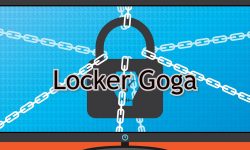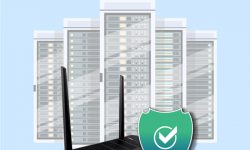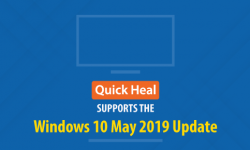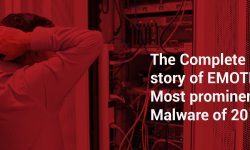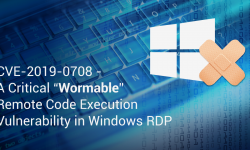Ransomware authors keep experimenting with the development of payload in various dimensions. In the timeline of ransomware implementations,…
Beware! Email attachments can make you victim of spear phishing attacks
In the last few months, we’ve seen a sudden increase in Spear Phishing attacks. Spear phishing is a variation of…
The website I visited behaves weirdly. I wonder if I’m hacked?
After a busy day at office or business, you settle down on the sofa at home with coffee…
Beware! The padlock icon and HTTPS are no more indicators of safe website
The evolving cyber threat landscape has taken a new leap. The recent past shows a startling rise in…
What makes Quick Heal’s Next Generation Suite of Features a SMART choice to protect your privacy?
The cyber threat landscape is evolving every second, with thousands of new potential threats being detected every single…
APT-27 like Newcore RAT, Virut exploiting MySQL for targeted attacks on enterprise
In today’s world data is everything, and to store and process this large amount of data, everyone started…
CVE-2019-11815: Experts discovered a privilege escalation vulnerability in the Linux Kernel
Red Hat engineers and experts discovered a memory corruption vulnerability in Linux kernel, which is basically a flaw…
Quick Heal supports the Windows 10 May 2019 Update
As part of the Windows 10 Updates, Microsoft has now come up with a new update for Windows…
What is Emotet?
Emotet malware was first identified in 2014 as Banking trojan. Emotet has evolved from banking trojan to threat…
CVE-2019-0708 – A Critical “Wormable” Remote Code Execution Vulnerability in Windows RDP
This is an important security advisory related to a recently patched Critical remote code execution vulnerability in Microsoft…
